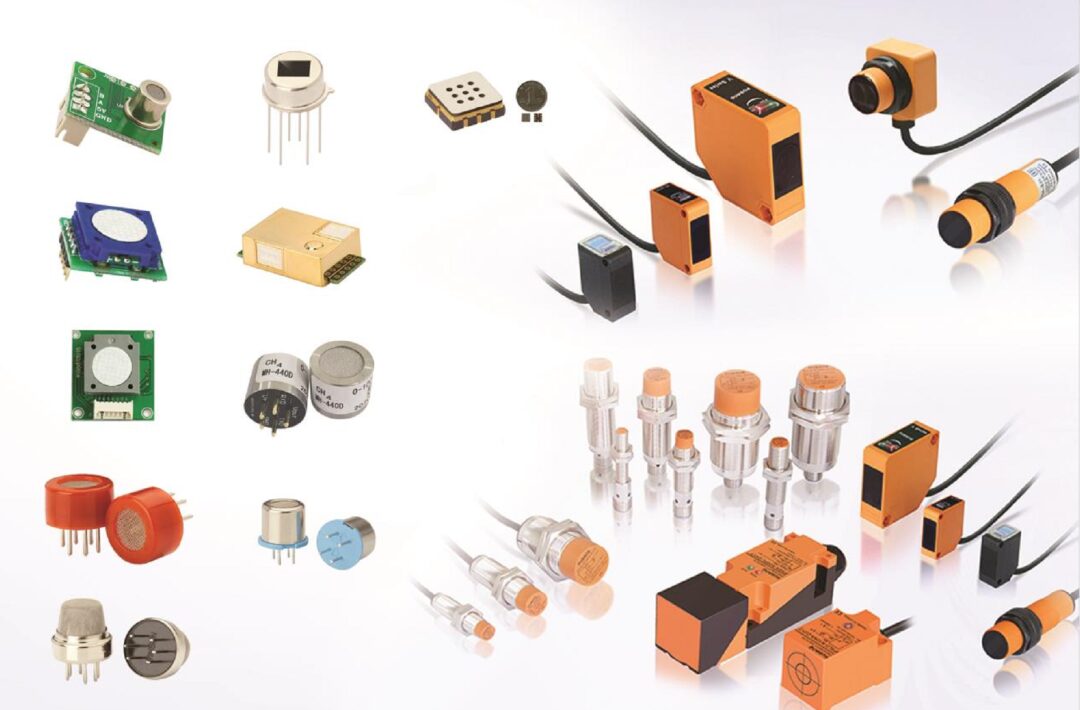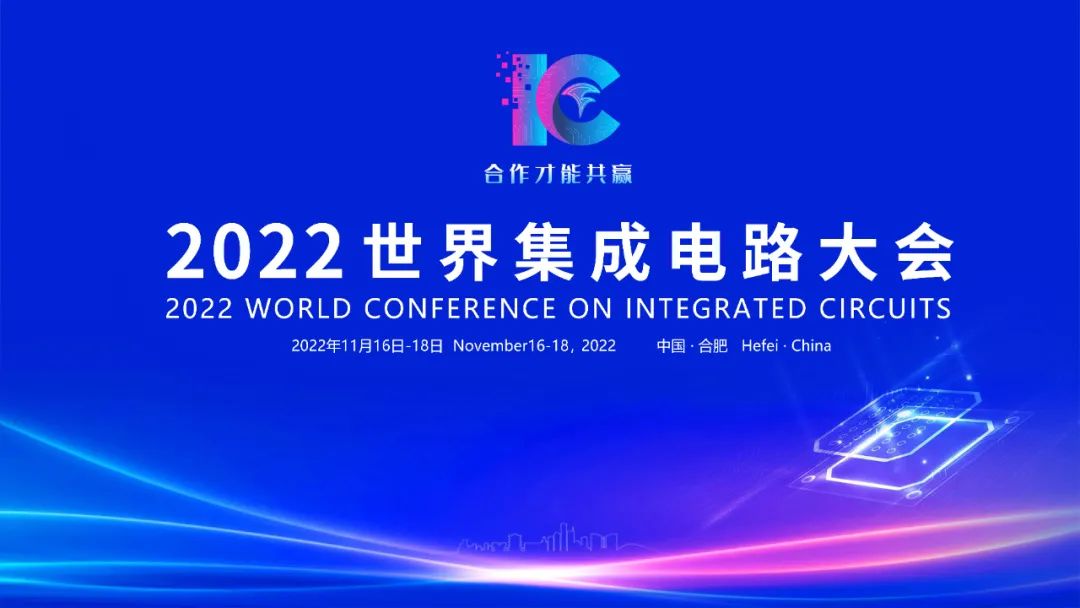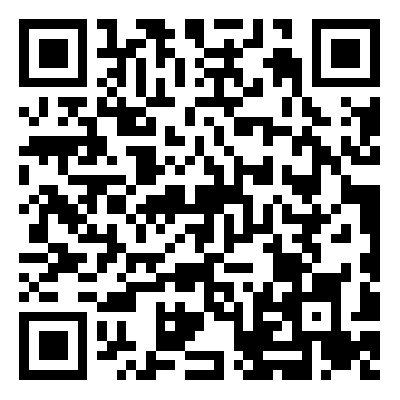
As the source of big data and the “window” of control systems, the quality of sensors determines the level of intelligence of all equipment and devices, and has become a new focus of international competition and an important indicator of a country’s foundational strength. In today’s era of digital economy enhancement and industrial transformation, achieving the industrialization and large-scale application of sensors is key to realizing the Internet of Everything and the intelligent age.
Sensors Are Ubiquitous in the Digital Age
It is well known that in modern control systems, sensors are positioned at the interface connecting the measured object and the testing system, serving as the main “window” for system information input, providing the original information necessary for control, processing, decision-making, and execution. It can be said that sensors directly influence and determine the performance of the system.
With the advancement of technologies across various fields such as electronics, materials, physics, and chemistry, especially the maturity and application of MEMS process technology, multifunctional, miniaturized, digitalized, systematized, networked, and intelligent sensors that meet market demands continue to emerge, becoming new hotspots in sensor industry development. This also provides strong support and technological innovation basis for the integrated circuit industry to evolve from general-purpose to specialized development.
Currently, among the more than 1,700 sensor enterprises and institutions in China, products have reached 10 major categories, 42 subcategories, and over 7,000 varieties. Among them, the mainstream products in eight major categories including sound-sensitive, force-sensitive, light-sensitive, gas-sensitive, magnetic-sensitive, temperature and humidity, RFID, and biological sensors have already established a technological foundation for industrialization and possess vast market demand potential, capable of forming large-scale industrial production. Moreover, driven by the applications of the Internet of Things, the need for collaboration among different system technologies and intelligent standard requirements, as well as multidimensional data descriptions in various scenarios and complex environmental detection with edge computing microsystem products, will become trends in future technology and industry development.
In terms of applications, whether in aerospace vehicles, trains, high-speed trains, cars, or mobile terminals including robots, all serve as platforms for the integration of multiple technologies and multidimensional data aggregation, where the performance and advancement indicators depend on the number and types of sensors installed. Without sensors, there is no big data, and consequently no control models. For instance, new high-speed trains have over 2,400 sensors installed in each carriage, and with road and environmental monitoring, even more sensors will be used as vehicles operate; cars will become mobile offices, comfortable leisure spaces, and intelligent nodes, also heavily utilizing smart sensors; smart home appliances and wearable devices are equipped with numerous sensors to monitor human physiological parameters and manage chronic diseases. Therefore, it can be definitively said that automation equipment and intelligent devices, along with complex environmental and scenario monitoring, will provide market demand and application assurance for sensor industrialization.
At this stage, various Internet of Things demonstration projects both domestically and internationally, such as smart grids, intelligent transportation, environmental monitoring, public safety, smart homes, and smart hospitals, with over 400 demonstration projects, are the main markets for applying various sensor technologies and products, undoubtedly providing ample imaginative space for technological innovation and industrial development in sensors.
Four Major Trends in Sensor Technology Innovation
It is evident that sensor technology innovation and industrialization are not only focal points of international strategic competition but also foundational guarantees related to national economy, people’s livelihood, and social safety and stability. This is needed for the development of sensors themselves and for the innovation and development of integrated circuits.
Trends in sensor technology innovation and development can be summarized in four aspects:
First, innovation in sensitivity mechanisms and materials, as the birth of a sensitivity mechanism can lead to new devices, which can quickly break through and create new applications, formed by sensitive materials and mechanisms.
Second, MEMS process technology, which is interdependent and closely related to semiconductor processes.
Third, innovation in devices, focusing on the formation of different devices and packaging structures around MEMS processes. On the same MEMS chip, depending on the application, sensitive components and sensors of different packaging structures and types can be integrated with synchronized design and integrated production with integrated circuits to achieve collaborative innovation.
Fourth, networking and intelligence, where one or more sensitive components, plus digital circuits and network interfaces, combined with algorithm software, form intelligent modules.
From an application perspective, wearable devices represent a composite, multifunctional smart sensor realized through algorithms. In the industrial sector, “wearable devices” can achieve intelligence and node-based applications, with a more specific integration with the semiconductor industry.
Collaborative Development of Sensors and Integrated Circuits
No matter the industry or field, and regardless of the type of intelligent equipment, facilities, or systems, the level of automation and intelligence requires the collaboration and integration of microprocessors and sensors, forming highly concentrated functions, precise control, and standardized algorithms within microsystems, achieving modularization, personalization, precision, standardization, normalization, and industrialized production and application.
Looking at the current industry status and actual situation, the bottlenecks of industrialization support and marketization for foundational materials are difficult to overcome, lacking common foundational process technology support, and the absence of a capital-chasing atmosphere has led to a slow industrialization process. There is a need to reach further consensus on market access, policy support, standard formulation, industrial integration, technological innovation, and strategic positioning to accelerate industry development, enhance industrialization capabilities, and improve international competitiveness.
Therefore, it is necessary to further clarify the strategic positioning of sensors to enhance their strategic status and industry influence. First, sensor development needs to be elevated to a strategic height for re-evaluation. At the same time, top-level design for industrialization development is required, with corresponding industrial support policies and allocation of human and material resources to build a sensor industry ecosystem and form a national-level sensor industry cluster, concentrating and increasing financial investment. Second, regional policy advantages should be leveraged, utilizing local economic development’s demand for high-tech industries and resource advantages to focus on developing characteristic industrial clusters, nurturing and creating regional industrial ecosystems. Lastly, financial subsidies for product technology innovation should be increased. Additionally, talent policies should be integrated, with special talent cultivation policies for high-tech SMEs, particularly for sensor enterprises focusing on R&D data collection and perception technologies.
“Without sensitive components, sensor enterprises lack core technologies; without applications, there are no economic benefits.” This succinctly expresses the relationship of the industrial chain and the characteristics of industrial development. Therefore, building a sensor industry ecosystem in China, forming scaled industrial advantages in sensors, is imperative and urgent. Collaborative development with integrated circuits is the only path to establish a dual-ecosystem industrial chain and the hope of industrialization.
Sensor industrialization needs to be developed in conjunction with integrated circuits, creating an industrial ecosystem from data acquisition to data transmission and then to data processing. Achieving a complete industrial chain from raw materials and equipment processes to final node-based applications, constructing a modern service platform integrating “government, industry, academia, research, application, and service.” For instance, establishing sensor industrial parks focusing on force-sensitive, gas-sensitive, magnetic-sensitive, light-sensitive, biological sensors, from design, materials, processes, even MEMS processes, to build a public platform. Developing the sensor industry in a clustered manner will form effective synergy and scale effects, welcoming the opportunities and challenges of international competition in sensors. Simultaneously, through national and local policy support and linkage, industry funds and physical spaces should be synchronized to form an ecosystem and industrial park with international competitive capabilities, gathering leading domestic and foreign enterprises in the sensor field, achieving a truly meaningful industrial cluster based on the upstream and downstream relationships of the industrial chain. This will undoubtedly become a competitive digital industrialization hub domestically and internationally and will serve as a shining business card for national and regional digital industrialization.
We must clearly see that in the process of digital economic development, digital industrialization is an inevitable path, urgent and essential, and is the core and focus of competition. We must face challenges head-on, forming distinctive high-tech industrial capabilities to cope with the impacts and shocks of technological blockades and high-tech industrial competition, providing solid guarantees for industrial digitalization and high-quality development, and exploring new paths for innovative development in digital industrialization.
In conclusion, sensing technology is the foundation of information technology, the “electronic five senses” for information acquisition in intelligent systems, chips are the core of the semiconductor industry, the “brain” of data processing, and communication technologies like 5G undertake the “nerve” transmission function of the system. The three are interdependent, forming the pillars of informatization and intelligence, mutually supporting and empowering the rapid adjustment and upgrading of China’s industrial structure towards a new future. We look forward to the arrival of the intelligent age, and even more so to the industrialization of sensors creating new brilliance for the intelligent age and high-quality development.

November 16-18
Hefei Sunac Hotel Group
Hefei Binhu International Convention and Exhibition Center
Conference Registration QR Code

Exhibition Registration QR Code

Official Conference Website
http://www.worldic.com.cn
Contact Information
Conference Inquiries
Phone: 010-88558808
Email: [email protected]
Media Cooperation Inquiries
Phone: 88558829
Email: [email protected]
Exhibition Inquiries
Phone: 010-88558150
Email: [email protected]
Author丨Deputy Director of the Central Science and Technology Committee of the Jiusan Society, Vice Chairman of the China Sensor and IoT Industry Alliance Guo Yuansheng
Editor丨Wang Wei
Graphic Designer丨Maria
Supervisor丨Lian Xiaodong